In recent years, with the deepening of my country's resource recycling and solid waste reduction strategies, air separators, as efficient and energy-saving airflow separation equipment, have played an increasingly important role in the fields of construction waste, industrial solid waste, and recycled resources. Based on airflow dynamics, they separate materials through differences in density and shape, offering advantages such as low energy consumption, simple structure, and wide adaptability. With increasingly stringent environmental policies and higher requirements for separation accuracy, air separator technology is evolving from traditional mechanized separation to intelligent, modular, and low-carbon development, demonstrating broad development potential.
The following is an analysis of the development trend of air separator (also known as wind-powered separator or air separation equipment) technology, mainly covering four parts: technological evolution background, current technological characteristics, future development trends, and challenges and countermeasures. If you are referring to "air separators" in a specific industry (such as solid waste, mining, coal preparation, etc.), you can further specify.
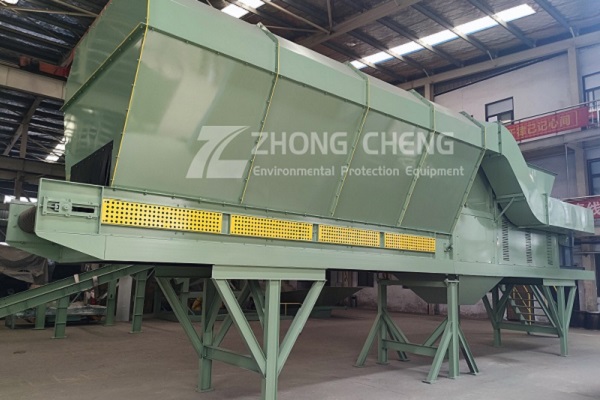
An air separator is a device that uses airflow to separate materials based on differences in density, shape, volume, and air resistance. It is widely used in solid waste treatment, construction and decoration waste, industrial solid waste, coal preparation, and recycling.
For example, in solid waste resource recovery, the equipment description states that controlled airflow causes lightweight materials (such as plastics and paper) to rise or drift, while heavier materials (such as metals and bricks) settle due to inertia or gravity, thus achieving separation.
Technologically, air separators have evolved from "static sorting/simple airflow" to "controllable airflow/modular/intelligent." For example, the equipment is now equipped with frequency converters, allowing for flexible adjustment of airflow speed to adapt to different materials.
In my country, with the development of industries such as solid waste, construction waste, and resource recycling, the demand for higher efficiency, higher sorting purity, lower operating costs, and intelligent control is becoming increasingly strong.
Therefore, air separator technology is developing from traditional mechanical sorting and passive airflow sorting towards high efficiency, energy saving, and intelligent control.
Current Technical Characteristics
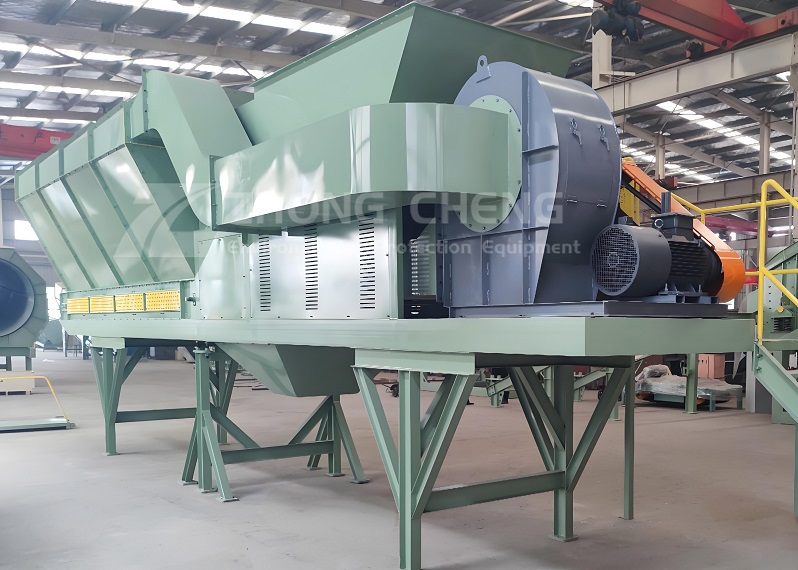
Based on the latest data, air classifier technology currently possesses the following significant characteristics:
1. More Refined Airflow Separation Principle
Air classifiers utilize aerodynamic principles, with a design that emphasizes the coordination of components such as controllable airflow, settling chamber, separation drum, settling cylinder, and diffusion chamber. For example, the "positive pressure rotary drum air classifier" structure includes a fan, separation drum, conveyor, diffusion chamber, and dust collector.
In this equipment, wind speed, airflow direction, inlet particle size, material humidity, airflow pressure, and the structure of the separation box are crucial parameters affecting the separation effect.
2. Enhanced Modularization, Adjustability, and Universal Adaptability
Modular Design: Facilitates maintenance and reduces the number of consumable parts. For example, a certain equipment manual mentions that "modular design not only makes maintenance more convenient but also significantly reduces the number of vulnerable parts."
Adjustable Performance: For example, the inclusion of a frequency converter to adjust the fan speed to accommodate differences in material form, humidity, and density.
Versatile Adaptability:Capable of handling various materials including construction and renovation waste, industrial waste, landfill waste, textile waste, and rag scraps.
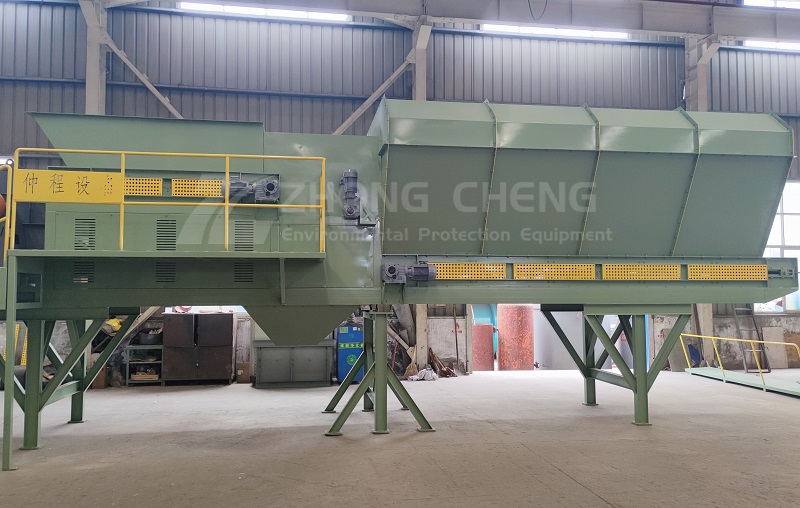
3. Environmental Protection and Low-Cost Operation Trends:** Air separators offer advantages in solid waste disposal, including high sorting efficiency, wide applicability, and low operation and maintenance costs.
Equipment design emphasizes dust prevention and minimizing secondary pollution (e.g., negative pressure air separators achieve "no dust leakage").
Pre-sorting with air separation reduces the burden on subsequent equipment and improves overall resource recovery efficiency.
4. Multi-Classification Capability and Structural Innovation:** Some equipment achieves "multi-classification air separation," separating materials into multiple grades such as superior, medium, and impurities.
Air separator structures are evolving towards three-component separation (light-medium-heavy), dual-drum, and roller density sorting.
Future Development Trends
Based on the current industry situation and technological characteristics, air separator technology can be expected to evolve in the following directions:
1. Intelligent and Digital Control
With the development of the Internet of Things, sensors, and big data analytics, air separators will increasingly adopt technologies such as intelligent monitoring, closed-loop control, fault prediction, and intelligent optimization of airflow parameters. For example, the equipment already has a preliminary intelligent function of "frequency converter adjusting wind speed." In the future, it can further achieve:
Real-time monitoring and feedback adjustment of wind speed, airflow pressure, feed rate, and material humidity;
Online monitoring, remote diagnostics, automatic alarms, and maintenance prompts for equipment operation status;
Optimization of air separator operating conditions based on data analysis, reducing energy consumption, and improving separation purity and efficiency.
This trend has been clearly pointed out in the solid waste treatment equipment field: separation equipment is developing towards "flexible control" and "intelligentization."
2. Development of Multifunctional/Integrated Equipment
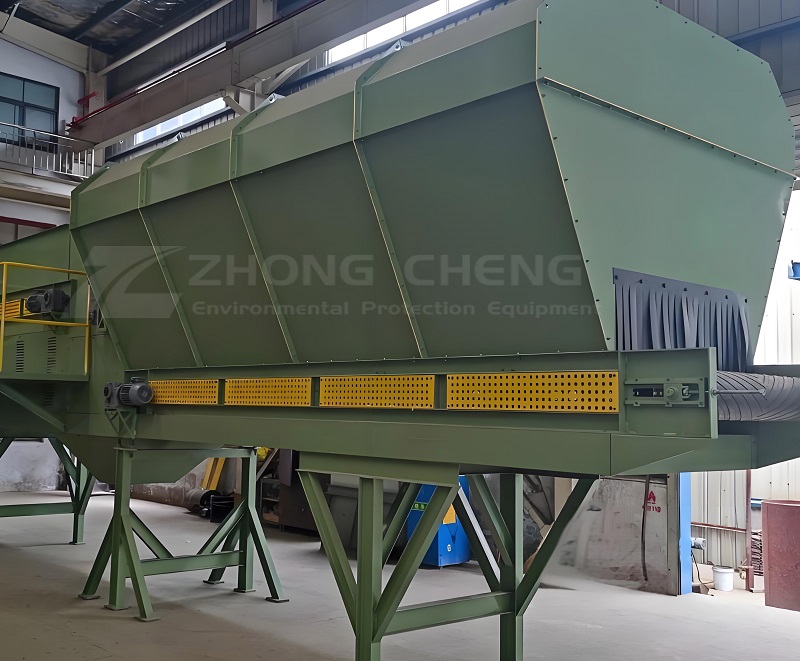
In the future, air separators may be more integrated with other separation, crushing, washing, dewatering, magnetic separation, and electrostatic separation equipment, thus forming an integrated production line of "front-end + air separation + post-processing." Advantages include reduced logistics links, lower overall system energy consumption, and improved processing efficiency.
For example, in waste treatment lines, air separators, as pre-treatment equipment, can work in conjunction with crushing, screening, compression, and baling equipment to maximize resource utilization. Air separators have already been used in "waste-to-energy production lines" mentioned in the literature.
3. Greater Adaptability and Wider Material Processing Capacity
With the increasing complexity of mixed materials such as solid waste, construction waste, demolition waste, bulky waste, and landscaping waste, air separators must possess greater adaptability. This includes:
The ability to process materials with high moisture content and high impurity content;
Adaptability to lightweight/heavy materials of different densities, particle sizes, and shapes;
Stronger wear-resistant and corrosion-resistant design (especially when processing materials containing metal, glass, and construction waste).
For example, the PFXA series integrated air separator is specifically developed for construction and renovation waste, aged waste, and bulky waste, improving the separation rate of lightweight materials by 30%.
4. Improve Sorting Accuracy and Efficiency, Reduce Energy Consumption
Accuracy: By optimizing the duct structure, improving blower matching, and enhancing airflow stability, the separation boundary between light and heavy materials is improved, achieving higher purity output. For example, one piece of equipment advertises a sorting efficiency exceeding 90%.
Efficiency: Increase processing capacity and throughput per unit time while reducing maintenance and downtime.
Reducing Energy Consumption: Employing high-efficiency fans, reasonable airflow, airflow recirculation, reducing air pressure loss, and modular design reduces energy consumption. The clean and environmental protection equipment sector emphasizes the advantages of air separators: "low power consumption and low maintenance costs."
5. Customization and Modularization Trends
Modular Design: Facilitates expansion, replacement, upgrades, and maintenance. For example, a modular design of one piece of equipment reduces vulnerable parts.
Customized Design: Providing dedicated air separator models for different processing scenarios (waste sorting, construction waste, metal recycling, plastic recycling, etc.) to adapt to material characteristics.
Rapid Deployment and Mobility: Air classifiers are designed for rapid installation, disassembly, and relocation to meet the needs of various temporary processing scenarios (demolition, post-disaster treatment, mobile resource recovery sites).
6. Environmentally Friendly and Sustainable Development Direction
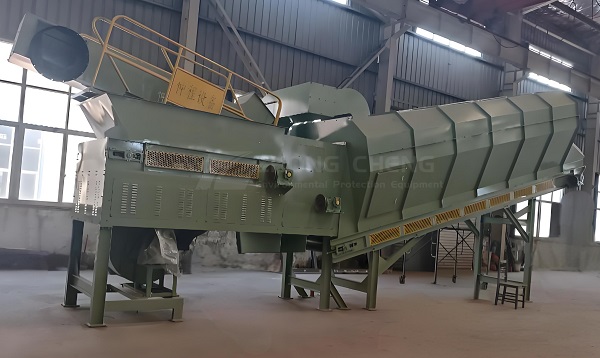
Reducing Secondary Pollution: Optimizing dust removal systems and preventing dust leakage. For example, using bag filters and negative pressure systems in the equipment.
Using environmentally friendly materials, extending equipment lifespan, and reducing maintenance frequency, thereby reducing resource consumption.
Deep Integration with Circular Economy and Resource Recovery Goals: Air classifiers will become a key link in resource recovery systems, contributing to the achievement of goals such as "waste reuse" and "solid waste reduction."
Air classifier technology is rapidly developing towards "intelligentization + high efficiency + low energy consumption + adaptability to complex materials + modular customization." Air classifiers will play an increasingly important role in fields such as resource recovery, solid waste treatment, construction waste sorting, and renewable resource recycling.
The development of air classifier technology not only reflects the trend of intelligent and efficient sorting equipment but also aligns with the era's demands for a circular economy and sustainable development. In the future, with the in-depth application of the Internet of Things, artificial intelligence, and digital control, air separators will achieve a leap from "high-efficiency sorting" to "intelligent sorting." By improving system integration, optimizing energy consumption structure, and promoting standardized design, air separators will undoubtedly occupy a more central position in the solid waste resource utilization system, driving the high-quality development of the resource recycling industry.
Save Time! Get A Detailed Quotation Quickly.
